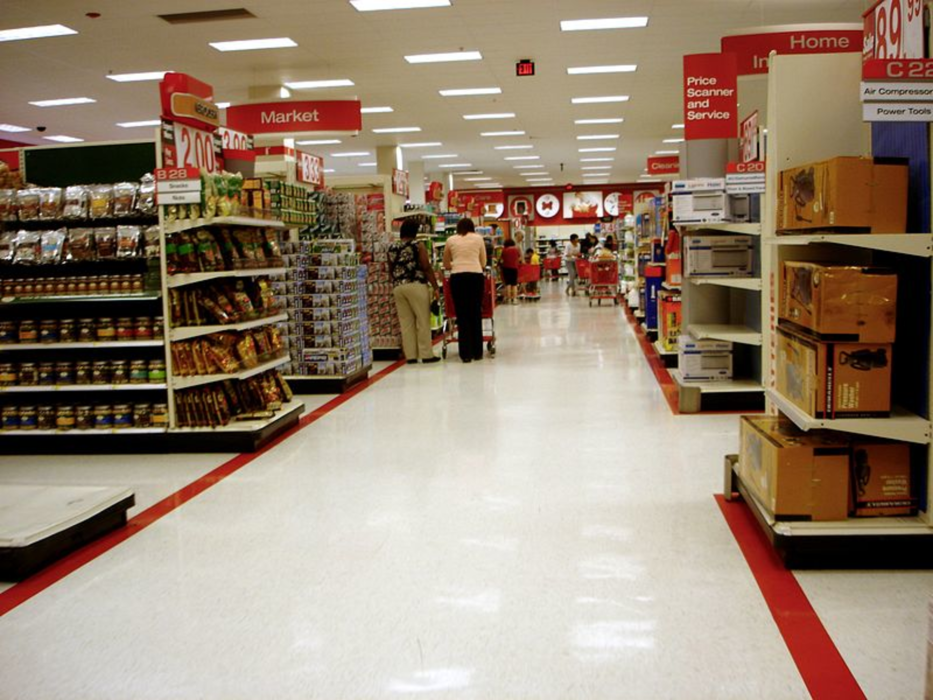Reams of recent reports suggest that retail brands are overwhelmingly under-investing in mobile. Is the problem as bad as some say?
L2, a business-intelligence firm, seems to think so. In the company’s L2 Intelligence Report – Mobile, L2 emphasizes that the trend toward mobile has been exponentially on the rise—while lambasting retail brands lacking in in-store mobile engagement.
For starters, the report points out that mobile devices accounted for more than half of all time spent online in 2013—and that, as of last year, that amount has risen to two thirds.
“Smartphones have become the trusted, portable, always-on shopping companion that desktops or laptops never could be,” reports L2, “with 85 percent of smartphone owners worldwide saying they used a smartphone while shopping in a brick-and-mortar store.”
Still, L2 admits that there are signs that so-called “mcommerce” hasn’t quite caught on—conceding that traditional desktop devices drive far more conversions than do mobile devices.
“Today, mobile phones are still best suited for upper-funnel shopping activities like comparison shopping, product research, and browsing and product discovery,” notes L2.
The firm goes on to highlight that while consumers conduct 60 percent of their online-shopping time via mobile, mobile accounts for only 16 percent of these transactions. L2 maintains, however, that this represents a missed opportunity for brands to enmesh customers via mobile-based tools—including loyalty programs, streamlined checkout, payment options, and cross-channel integration with existing customer data (such as email addresses).
On this latter point, L2’s data is eye-opening—demonstrating that, for online shopping, “the average checkout experience requires a consumer to input anywhere from 13 to 16 fields.”
As for brick-and-mortar shoppers?
“It’s all about self-help in-store. [Shoppers] are now looking for digital in-store to give them self-directed shopping experiences like they get online,” said InReality, an in-store marketing- and analytics-solutions company, in its shopping research report, The Reality of Retail. “50 percent of shoppers would be more likely to buy in-store if given mobile apps to improve or personalize the in-store experience.”
This statistic (gleaned from a December 2015 survey of 682 consumers across 48 states) may more accurately represent less of a demand for tech-aided shopping and more of a demand for help from human beings.
InReality reports that 47 percent of respondents indicated that help from sales clerks was moderately to extremely important, while another 46 percent said that they didn’t consider help from sales associates important because they “usually know more than the sales associate [does].”
InReality nonetheless insists that mobile tech is the answer—reporting that “63 percent of shoppers said they would be more likely to buy in-store if sales associates equipped with tablets were available for product information, availability, or ordering.”
The call is not going unheeded. For an report by WBR Digital and RetailMeNot, brick-and-mortar brand representatives were asked the loaded, leading question, “Which…innovative digital capabilities will you be investing in over the next 12 months?” Mobile devices for sales teams ranked second place in this preselected shortlist, with 38 percent of respondents indicating that they would invest therein. (First place? Mobile wallets – at 47 percent.)
“I think there’s a question of: Is there a payoff there?”
Andy Cutler, Director of Global Customer Solutions for data-management company RedPoint Global, told DMN when asked about this trend: “I would say that’s at the early-adoption stage. I see it working in a Brooks Brothers…where the average ticket is $1,000 rather than $100.”
Indeed, brands might find their money better spent elsewhere. InReality is a company that focuses on digital marketing solutions—and when one has a hammer, every problem looks like a nail. Investing in better employee training—thereby adding an efficient, knowledgeable human touch—is a survey option conspicuously missing from all of these industry reports.








